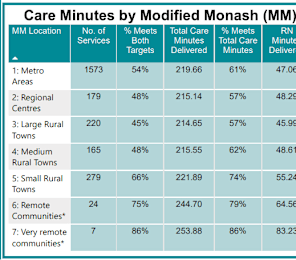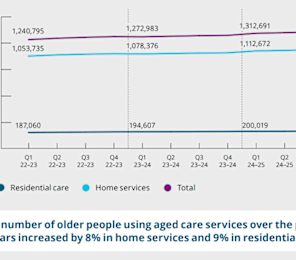The Aged Care Quality and Safety Commission (ACQSC) has released its consultation report on the draft Financial and Prudential Standards set to come into effect under the new Aged Care Act from 1 November 2025 – and as expected, the core liquidity rules are unchanged.
In February, the Commission flagged that residential aged care providers would be required to hold liquid funds equal to 10% of their Refundable Accommodation Deposits (RADs) and 35% of their previous quarter’s operating expenses. The final consultation summary, based on 32 written submissions and 134 online survey responses, confirms those thresholds will stand.
As The SOURCE previously reported, the Commission has dropped the proposed 10% liquidity requirement on Independent Living Unit (ILU) and retirement village refundable deposits – reducing it to 2% following sector backlash. But that’s the only concession.
“We will not make more changes to the formula,” the report states. “We do not want to increase the liquidity risk across the sector.”

Impact: cash tied up, growth threatened – for some operators
Providers have warned the new requirements could make it harder to raise debt or invest in new stock, with StewartBrown earlier this year cautioning the standards could add years to developments already struggling with rising costs and tight margins.
The Commission argues most providers are already in a strong position:
- Around 84% of residential aged care providers already meet or exceed the required liquidity thresholds.
- About half of those that don’t are expected to comply using other arrangements.
- Roughly 10% face financial viability risks but could address these by boosting their liquidity or accessing other options.
Importantly, the Commission confirmed providers can also meet the new standards by demonstrating alternative financial assurances – a point first flagged by Ageing Australia.
But the report doesn’t shy away from the consequence of non-compliance:
“Providers who cannot meet their immediate expenses are unlikely to have enough extra funds to invest in building. They are also unlikely to be able to secure loans for building.”
More standards, but still no penalties confirmed
In a press release, Aged Care Quality and Safety Commissioner Liz Hefren-Webb (pictured above right) said the new standards aim to ensure providers are not just delivering high-quality care but are also financially sustainable.
Still missing from the report: any clarity on what happens to providers that fall short.
There were also calls for a 12-24 month phased implementation from 1 July 2025 (now 1 November), and requests for more guidance – particularly from Government-run services – on how and if the new standards will apply to them.
Providers under the National Aboriginal and Torres Strait Islander Flexible Aged Care (NATSIFAC) Program will be exempt from the Liquidity and Investment Standards, following advice from the Department.
The final version of the standards is expected to be released in the coming weeks.











